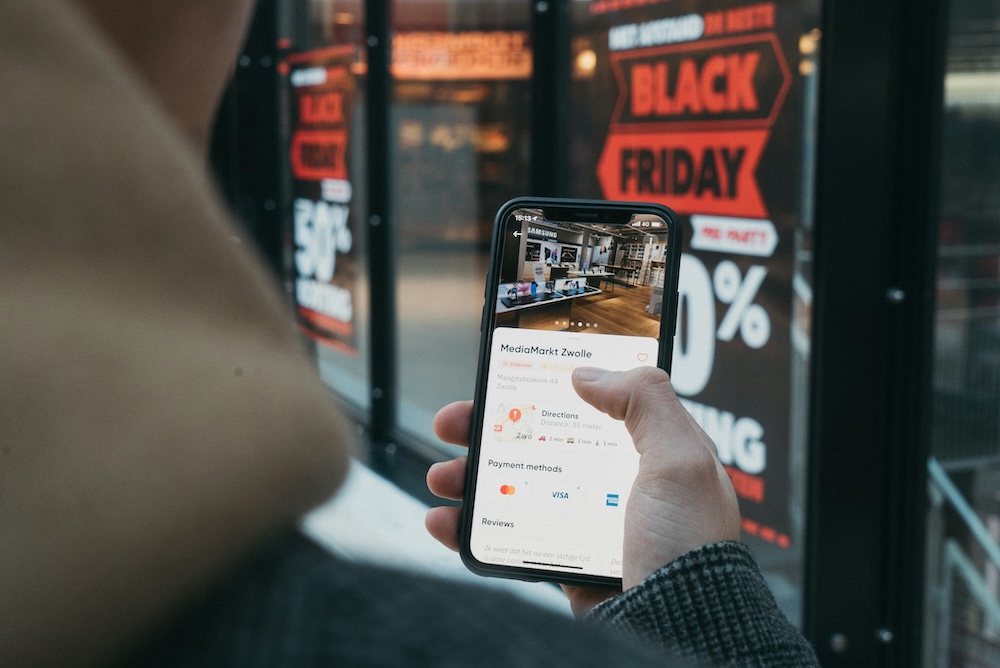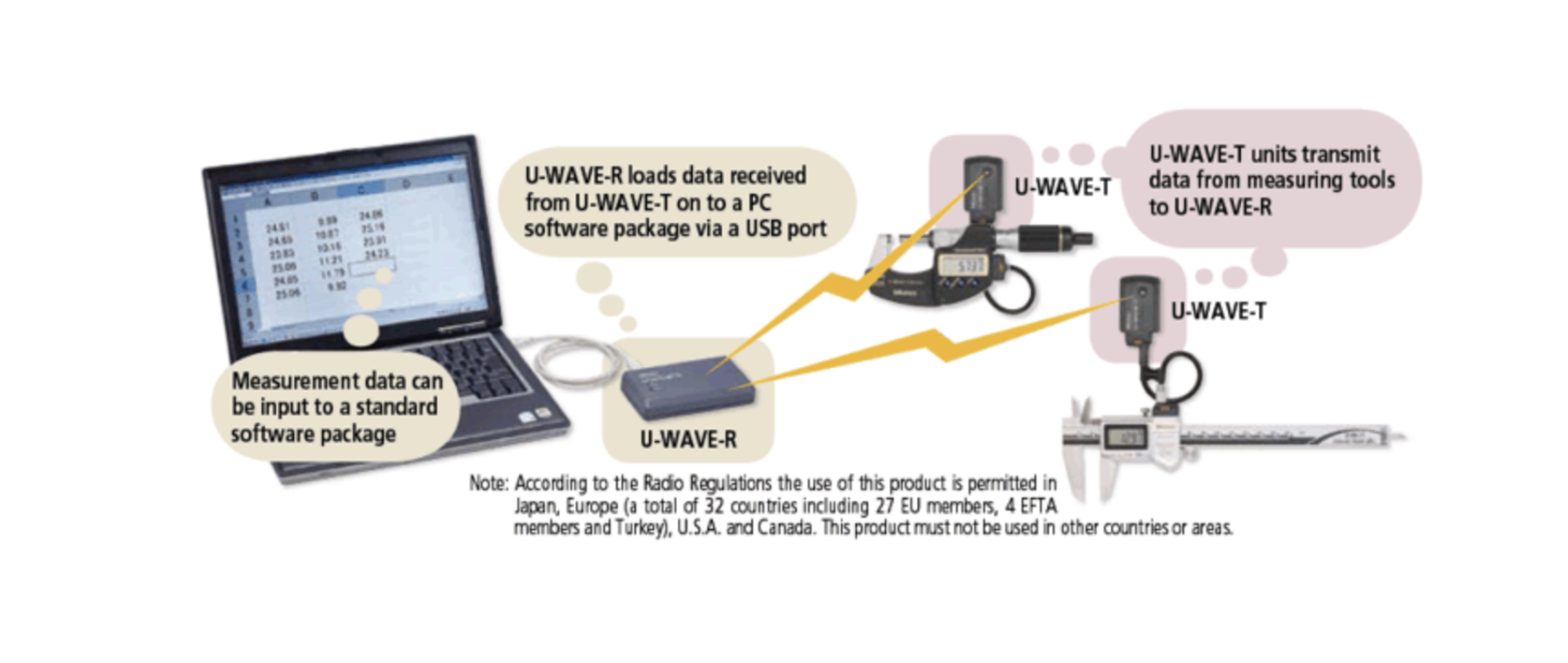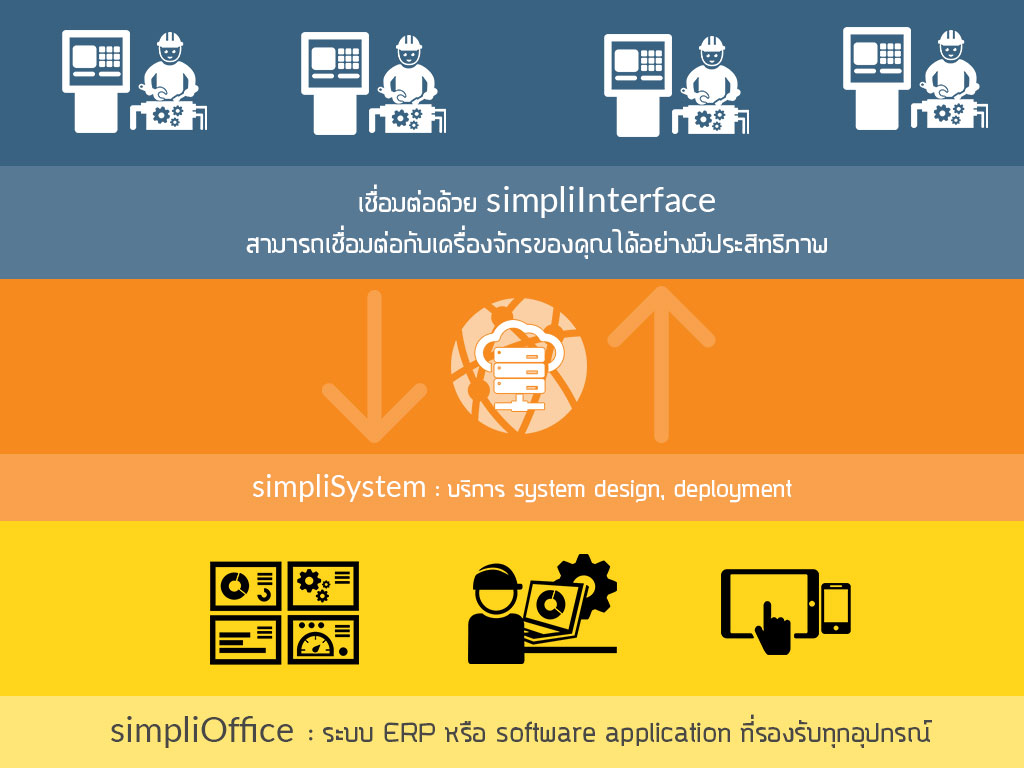Can Clients Decrypt Server Data Without the Private Key? (Spoiler: No—and Here’s Why)
When you use a secure website or service over HTTPS or WSS (secure WebSockets), your browser and the server engage in a behind-the-scenes cryptographic dance. The goal? To make sure no one can snoop on your data. A common misunderstanding is: "If the client gets the server's public key, can't it just decrypt the data?" Or worse, "Doesn't the client need the server's private key to decrypt the server's responses?"
Spoiler: No. Clients never get the server's private key. And they don’t need it.
Let’s walk through why.
Understanding TLS: The Two Phases
TLS (Transport Layer Security), the protocol behind HTTPS and WSS, works in two main phases:
1. Handshake Phase (Asymmetric Encryption)
- The client connects and receives the server’s certificate, which contains the public key.
- The client and server use this public key to securely exchange a shared secret: the session key.
- This may involve the client sending a "pre-master secret" encrypted with the public key, which only the server can decrypt using its private key.
- Or (in modern TLS), the client and server do a Diffie-Hellman key exchange, with the server signing messages using the private key to prove identity.
At this stage, the private key is only used to decrypt a small piece of data or sign messages. It is never shared.
2. Data Exchange Phase (Symmetric Encryption)
- Once the session key is agreed upon, it’s used for encrypting all communication.
- The session key is a symmetric key, meaning both client and server use the same key to encrypt and decrypt.
- This key is unique to the session, short-lived, and never sent over the network.
So:
- The server’s private key is used only during the handshake.
- The session key is used for everything afterward.
Public Key Is Derived From the Private Key
A server's public key is mathematically derived from its private key. When a key pair is generated (e.g., RSA or ECDSA), the private key is created first, and the public key is generated from it.
- The public key can be safely shared with anyone — it's included in the server's certificate.
- The private key stays on the server and must be kept secure.
- The two keys are linked: what one encrypts, only the other can decrypt.
This one-way relationship ensures:
- The client can trust the public key.
- Only the server can decrypt messages sent with its public key or prove ownership by signing data.
Sequence Diagram: TLS Handshake and Data Exchange
sequenceDiagram
participant Client
participant Server
Client->>Server: ClientHello (includes random, cipher suites)
Server->>Client: ServerHello (includes random, cert with public key)
Server-->>Client: [Optional] Certificate Request
Note over Server: Server uses private key to sign handshake messages
Client->>Server: Pre-master secret (encrypted with public key)
Note over Server: Server decrypts with private key
Client-->>Server: ChangeCipherSpec
Server-->>Client: ChangeCipherSpec
Client->>Server: Finished (encrypted with session key)
Server->>Client: Finished (encrypted with session key)
Note over Client,Server: Secure channel established using session key
Client-->>Server: Encrypted data
Server-->>Client: Encrypted responseWhy the Client Doesn’t Need the Server’s Private Key
- The client uses the server’s public key to help establish a secure connection.
- Once the handshake completes, the client and server both have the session key.
- All encrypted data from the server is decrypted using this session key, not the private key.
This is exactly how secure communication works:
- The client trusts the server because of its certificate and the key exchange.
- The client decrypts messages using the symmetric session key that it helped create.
What Happens if the Server Has No Private Key?
- Without its private key, the server cannot complete the handshake.
- It cannot decrypt the client’s pre-master secret or sign handshake messages.
- Result: TLS handshake fails, and the connection is rejected.
Summary: Keys in TLS Communication
| Key Type | Who Holds It | Purpose |
|---|---|---|
| Public Key | Server certificate | Shared with client to encrypt or verify during handshake |
| Private Key | Server only | Used to decrypt/sign handshake data |
| Session Key | Client & Server | Used to encrypt all actual communication |
Final Thoughts
The server’s private key is like a master key to a vault — it stays locked away. It’s used to prove the server is who it says it is, and to help set up a temporary lock (the session key) for the actual conversation.
Once the secure channel is set up, the private key steps aside. Everything from then on is protected by the shared session key — and that’s all the client needs to decrypt and talk securely.
So no, the client can’t and shouldn’t decrypt server data using the private key. It was never part of the plan.
Get in Touch with us
Related Posts
- Temporal × 本地大模型 × Robot Framework 面向中国企业的可靠业务自动化架构实践
- Building Reliable Office Automation with Temporal, Local LLMs, and Robot Framework
- RPA + AI: 为什么没有“智能”的自动化一定失败, 而没有“治理”的智能同样不可落地
- RPA + AI: Why Automation Fails Without Intelligence — and Intelligence Fails Without Control
- Simulating Border Conflict and Proxy War
- 先解决“检索与访问”问题 重塑高校图书馆战略价值的最快路径
- Fix Discovery & Access First: The Fastest Way to Restore the University Library’s Strategic Value
- 我们正在开发一个连接工厂与再生资源企业的废料交易平台
- We’re Building a Better Way for Factories and Recyclers to Trade Scrap
- 如何使用 Python 开发 MES(制造执行系统) —— 面向中国制造企业的实用指南
- How to Develop a Manufacturing Execution System (MES) with Python
- MES、ERP 与 SCADA 的区别与边界 —— 制造业系统角色与连接关系详解
- MES vs ERP vs SCADA: Roles and Boundaries Explained
- 为什么学习软件开发如此“痛苦” ——以及真正有效的解决方法
- Why Learning Software Development Feels So Painful — and How to Fix It
- 企业最终会选择哪种 AI:GPT 风格,还是 Gemini 风格?
- What Enterprises Will Choose: GPT-Style AI or Gemini-Style AI?
- GPT-5.2 在哪些真实业务场景中明显优于 GPT-5.1
- Top Real-World Use Cases Where GPT-5.2 Shines Over GPT-5.1
- ChatGPT 5.2 与 5.1 的区别 —— 用通俗类比来理解














